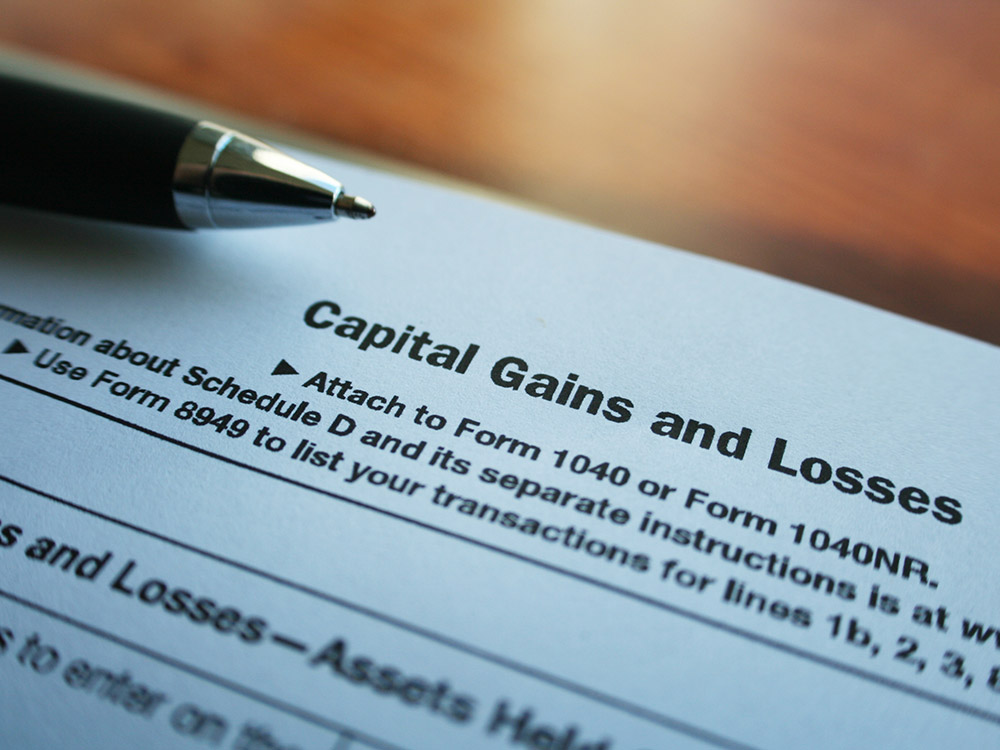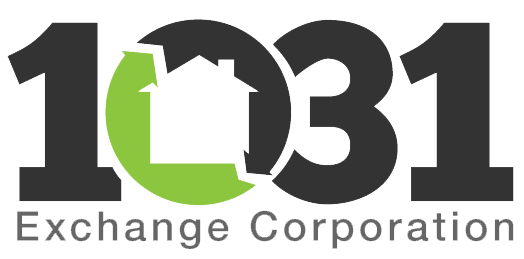What Is An Exchange?
When investment property is sold, the seller pays tax on any gain or deducts a loss. Section 1031 of the tax code gives taxpayers an opportunity to defer any gain on the sale of qualified property.
Most exchanges are completed through an intermediary (such as 1031 Exchange Corporation). The IRS has published rules (safe harbor rules) for an intermediary-assisted exchange. If these rules are followed, the IRS will not challenge the exchange. This safe harbor is a primary reason for using an intermediary to assist in the exchange. An intermediary can also provide expertise and guidance to insure that the exchange complies with IRS requirements.

Tax-deferred exchanges have always been permitted under the tax code. However, until late 1979 an actual exchange between two more parties was required and the exchange had to be completed in one day. Beginning in the mid-1970s there were a series of court decisions striking down the IRS simultaneous exchange requirement. These court decisions created the delayed exchange which has evolved into the current exchange procedure.
Now, an actual exchange of property between two parties is not required. There is a six-month period to complete an exchange. When an intermediary is used, an exchanger may convey property (the relinquished property) directly to a purchaser with the proceeds of the sale paid directly to the intermediary. When the exchanger purchases replacement property, the intermediary pays the exchange funds to the seller of the replacement property. Title to the property usually does not pass through the intermediary.
Under Section 1031 tax on a gain is deferred, not completely forgiven. Eventually when the replacement property is sold, tax on the deferred gain must be paid unless other provisions of the tax code are used to completely eliminate the taxable gain.
